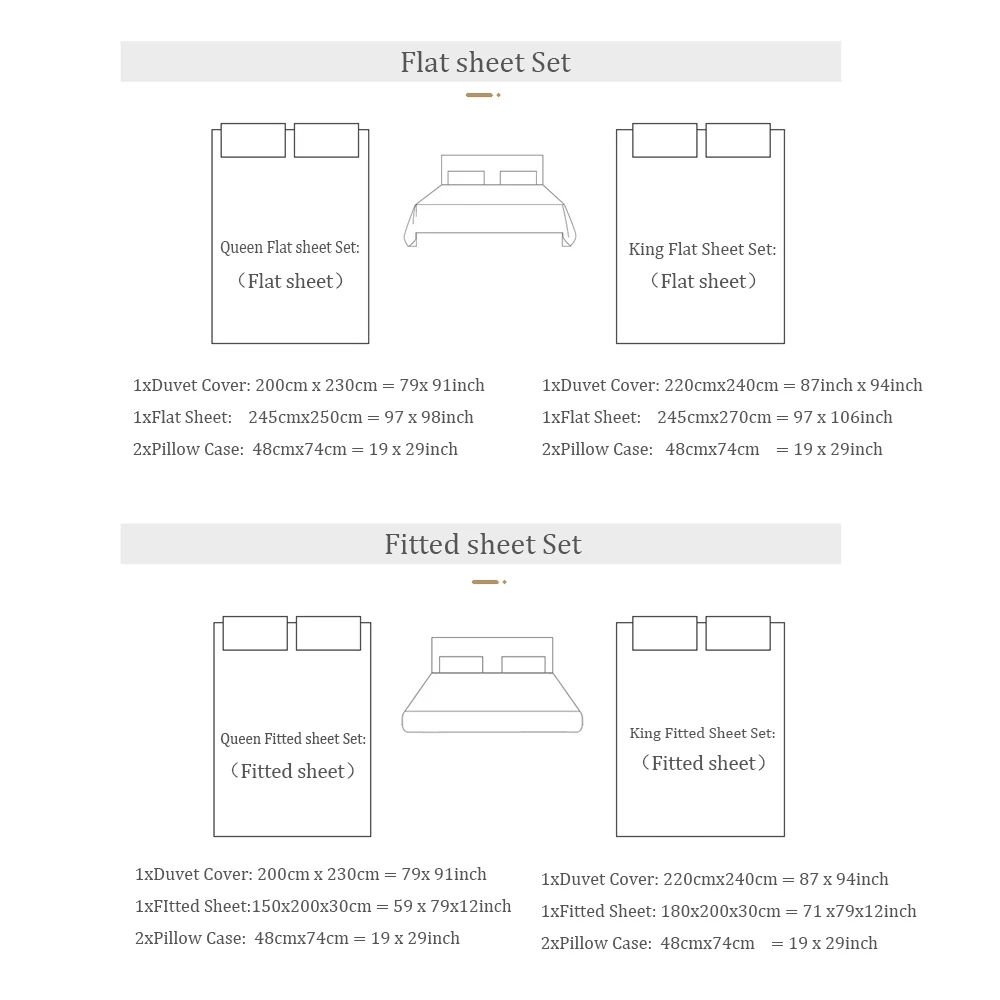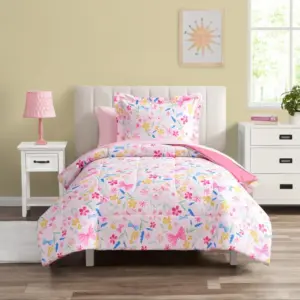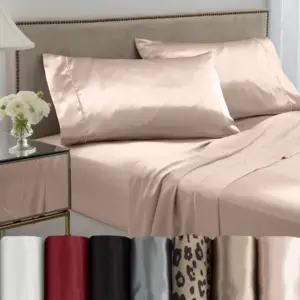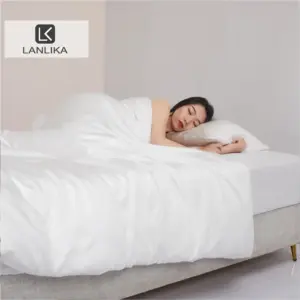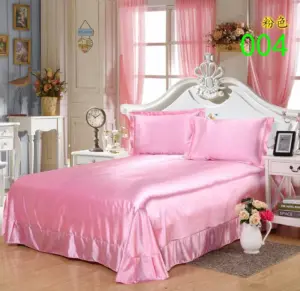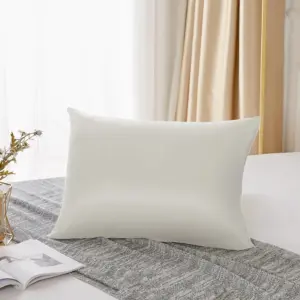Introduction: The Allure of Luxury Silk Bedding
Luxury silk bedding stands as the epitome of bedroom elegance, distinguished by its natural sheen, exceptional smoothness, and remarkable temperature-regulating properties. Unlike ordinary bedding, silk offers a distinctive tactile experience that transforms an everyday bedroom into a personal sanctuary. The quality of silk bedding is measured in momme weight—a critical factor that determines both its durability and luxurious appearance.
The amazing benefits of Mulberry silk sheets extend beyond just comfort; they create a visual centerpiece that elevates your entire bedroom aesthetic. When properly styled, silk bedding:
- Creates an immediate impression of luxury and sophistication
- Reflects light differently than other fabrics, adding dimension to your space
- Serves as both a functional sleep surface and a design statement
- Establishes a foundation for your bedroom’s overall style direction
The optimal range of 19-25 momme weight provides the perfect balance between luxurious drape and practical durability. Understanding this ultimate guide to momme weight in silk bedding helps you make informed styling choices that showcase the fabric’s natural beauty while ensuring longevity.
Throughout this guide, we’ll explore how to select, layer, arrange, and maintain silk bedding to create a magazine-worthy bedroom that maintains its elegance season after season.
Selecting the Perfect Silk Foundation for Your Bedroom
The cornerstone of any beautifully styled bed is choosing the right foundational elements. When working with luxury silk bedding sets, color selection becomes your first and most impactful decision.
Color Palette Options
The silk bedding color options guide reveals how different hues can transform your space:
Classic Neutrals
Classic neutrals like ivory, champagne, white silk sheets, and silver grey offer unparalleled versatility. These shades work harmoniously with virtually any decor style and allow for seasonal accessory changes without clashing. Studies show that neutral bedrooms promote relaxation and better sleep quality, as they create a sense of calm and visual spaciousness.
Deep Sophisticated Tones
For those seeking drama and richness, deep tones like navy, emerald, or burgundy make powerful statements. These colors absorb rather than reflect light, creating depth and intimacy. Deep colors work particularly well in larger bedrooms or spaces with ample natural light, preventing the room from feeling closed in.
Soft Pastels
Soft pink, lavender, or pale blue bring a gentle, serene quality to bedrooms. These colors reflect more light than deep tones while adding more character than neutrals. They’re particularly effective in creating feminine or romantic spaces without overwhelming the room.
Matching with Existing Décor
Consider your bedroom’s existing color scheme, including wall color, furniture finishes, and accent pieces. Silk bedding should either complement these elements through coordination or create intentional contrast for visual interest. Take note of undertones—warm silk tones (ivory, champagne) pair beautifully with wood furnishings, while cooler silk tones (silver, pale blue) complement chrome, glass, or painted furniture.
Silk Finishes and Visual Impact
Silk bedding typically comes in two primary finishes:
– Charmeuse finish: Features a high sheen on one side and a matte finish on the reverse
– Habotai finish: Offers a more uniform luster with a lighter weight
The finish you choose dramatically affects how light plays across your bed, with shinier finishes creating more visual drama and matte finishes conveying subtle sophistication. Quality markers in luxury silk include precision stitching, hidden closures, and seamless edges that allow the beauty of the fabric to take center stage.
Mastering the Art of Layering with Silk Bedding
The secret to professionally styled bedding lies in thoughtful layering—creating visual and textural depth that invites both admiration and comfort. The ultimate guide to layering silk bedding demonstrates how proper technique transforms a basic bed into a luxurious centerpiece.
Complementary Fabric Pairings
Silk’s natural properties make it exceptionally versatile for pairing with other premium textiles:
Velvet: Creates dramatic texture contrast while adding visual weight and warmth. The plush pile of velvet against silk’s smooth surface creates an instantly luxurious look, particularly effective in winter styling.
Linen: Offers an interesting textural juxtaposition—silk’s refinement against linen’s casual, slightly rumpled appearance creates a “relaxed luxury” aesthetic perfect for transitional seasons.
Cashmere or Merino Wool: Introduces cozy warmth without bulk, making these ideal winter companions to silk. The natural fibers complement each other while serving different comfort functions.
Egyptian Cotton: Provides structure and crispness that enhances silk’s fluid drape. This pairing works particularly well when you want to add definition to your bedding arrangement.
Strategic Layer Placement
Proper placement of each layer maximizes both visual impact and functionality:
Begin with silk flat sheets as your foundation, allowing 12-16 inches to fold over at the top edge when making the bed.
Layer your duvet or comforter next, positioning it to reveal the folded sheet edge.
Add a secondary blanket or coverlet, folded in thirds across the foot of the bed or draped asymmetrically across a corner for a more casual look.
Incorporate seasonal throws strategically—centered at the foot for formal arrangements, or casually draped across a corner for a more relaxed appearance.
For year-round appeal, design a base arrangement that works in all seasons, then add or remove layers as temperatures change. This approach ensures your silk bedding remains visually prominent while adapting to comfort needs.
Creating the Perfect Pillow Arrangement for Silk-Dressed Beds

Pillows are the crowning elements of any well-styled bed, adding height, dimension, and personality to your silk bedding arrangement. The perfect pillow composition balances visual impact with practical comfort.
Essential Pillow Types
A complete luxury arrangement typically includes:
Sleeping Pillows: Encased in silk pillowcases that match or complement your sheets, these form the functional foundation of your arrangement.
Euro Pillows: Large square pillows (typically 26”×26”) that create height and structure, usually positioned against the headboard as a backdrop for other pillows.
Decorative Pillows: Smaller accents in varying shapes (square, rectangular, bolster, or round) that introduce complementary colors, textures, or patterns.
Step-by-Step Arrangement Techniques
Classic Hotel-Style Arrangement
1. Place two Euro pillows against the headboard
2. Position sleeping pillows (in silk cases) upright in front of the Euros
3. Add one or two smaller decorative pillows centered in front
4. Finish with a single bolster or lumbar pillow for a polished look
Asymmetrical Modern Styling
1. Position Euro pillows slightly off-center against the headboard
2. Arrange sleeping pillows at varying angles rather than perfectly aligned
3. Group decorative pillows in an intentionally uneven arrangement (2 on one side, 1 on the other)
4. Use varying heights and depths to create visual interest
Maximalist Layered Approach
1. Begin with 3-4 Euro pillows against the headboard
2. Layer standard sleeping pillows in front
3. Add a row of medium decorative pillows (20”×20”)
4. Complete with 3-5 smaller accent pillows and a central bolster
5. Vary textures significantly while maintaining a cohesive color story
Pillow Quantity Guidelines
Queen Bed Optimal Arrangement:
– 2 Euro pillows (26”×26”)
– 2-4 standard sleeping pillows in silk cases
– 2-3 decorative pillows in complementary fabrics
– Optional: 1 bolster or lumbar pillow
King Bed Optimal Arrangement:
– 3 Euro pillows (26”×26”)
– 2-4 king sleeping pillows in silk cases
– 3-5 decorative pillows in varying sizes
– Optional: 1-2 bolsters or lumbar pillows
The complete guide to Mulberry silk bed sheets demonstrates how pillowcases should coordinate with your sheets while allowing for creative expression through decorative elements.
Seasonal Styling Adaptations for Silk Bedding
One of silk’s greatest attributes is its natural temperature-regulating properties, making it suitable year-round while still benefiting from seasonal styling adaptations.
Summer Styling
In warmer months, embrace silk’s natural cooling properties with lighter arrangements:
– Fold heavy duvets down to the foot of the bed or replace with lighter coverlets
– Reduce pillow quantities to create a sense of airiness
– Incorporate cooler colors and lighter visual weight
– Minimize heavy decorative elements to enhance the perception of coolness
The inherent temperature regulating properties of silk bedding make it particularly valuable during hot weather, as it wicks moisture while maintaining a cool touch against the skin.
Fall Styling
As temperatures begin to drop, create visual warmth while maintaining silk’s prominence:
– Introduce warmer accent colors through decorative pillows and throws
– Layer a medium-weight blanket between your top sheet and duvet
– Add textured accessories that complement silk’s smooth surface
– Consider warmer metallic accents (brass, gold) in bedroom accessories
Winter Styling
Winter calls for maximum coziness while showcasing silk’s natural luster:
– Add substantial layers like faux fur or chunky knit throws
– Increase pillow quantity for a plush, inviting appearance
– Incorporate deeper, richer versions of your color palette
– Balance heavier elements with silk’s lightness to avoid visual heaviness
Spring Styling
Spring styling refreshes the bedroom while highlighting silk’s natural qualities:
– Reintroduce lighter layers gradually
– Incorporate fresh, botanical-inspired accents
– Return to a medium pillow arrangement
– Add subtle patterns that complement without overwhelming silk’s natural beauty
Understanding how sleep quality can be transformed through seasonal adaptations ensures your silk bedding remains both beautiful and functional throughout the year.
Balancing Silk Bedding with Complementary Bedroom Elements
Creating a cohesive luxury bedroom experience requires careful consideration of elements beyond the bed itself. The ideal silk bedding texture should harmonize with surrounding furniture, lighting, and accessories.
Furniture Selection
The bed frame and headboard serve as the architectural framework for silk bedding:
Headboard Styles: Upholstered headboards in velvet or linen provide soft contrast to silk’s sheen, while wood or metal frames offer structural contrast. Tufted headboards in complementary colors create a classical luxury aesthetic that enhances silk’s formal quality.
Bedside Tables: These should balance the bed’s luxury without competing for attention. Consider glass-topped tables that reflect silk’s luminosity, or wood pieces with subtle detailing that echoes any patterns in your bedding ensemble.
Additional Furniture: Maintain consistent style language throughout the room. If your silk bedding creates a modern minimal statement, choose furniture with clean lines and minimal ornamentation. For more traditional silk styling, furniture with refined detailing creates cohesion.
Lighting Elements
Proper lighting dramatically enhances silk’s natural luster:
Light Temperature: Warm lighting (2700K-3000K) best showcases silk’s natural sheen without creating harsh glare. Cool lighting can diminish silk’s rich undertones.
Fixture Styles: Consider fixtures with reflective elements that complement silk’s natural properties—crystal, polished metals, or glass create beautiful light play that enhances bedding.
Strategic Placement: Position bedside lamps to cast gentle light across the bed’s surface, highlighting silk’s natural luster. Consider dimmers to adjust ambiance as needed.
Floor and Window Treatments
These elements frame your silk bedding and influence how it’s perceived:
Rug Selection: Choose rugs with complementary undertones but contrasting texture. Low-pile or medium-pile rugs provide textural contrast without competing with the bed’s luxury statement.
Window Treatments: For maximum cohesion, consider silk or silk-blend curtains in coordinating tones. For contrast, linen or velvet drapery provides textural interest while maintaining the luxury aesthetic.
The most successful luxury bedrooms strike a balance between statement pieces and supporting elements, allowing silk bedding to remain the focal point while creating context through complementary furnishings.
Styling Silk Bedding for Different Interior Design Aesthetics
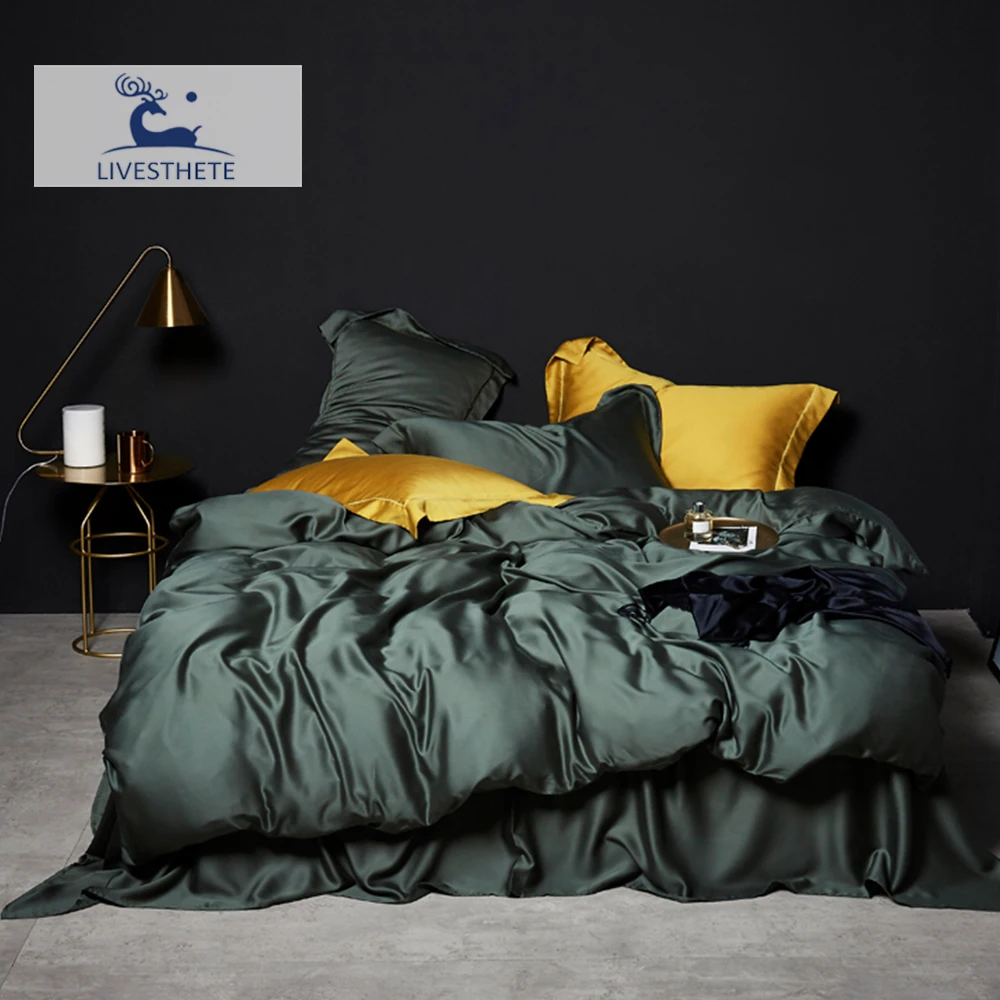
Silk bedding’s versatility allows it to enhance various design aesthetics, each requiring different styling approaches to maximize impact.
Modern Minimalist Approach
The modern minimalist approach celebrates silk’s natural elegance through restraint:
- Focus on monochromatic or tightly controlled color palettes—whites, grays, and blacks with perhaps a single accent color
- Minimize layering, allowing silk’s natural drape and sheen to take center stage
- Choose architectural pillow arrangements with clean lines and limited quantities
- Pair with platform beds or low-profile frames to emphasize horizontal lines
- Incorporate green silk sheets in deep forest or sage tones for an organic modernist approach
This aesthetic emphasizes quality over quantity, letting the exceptional material speak for itself without excessive embellishment.
Classic Traditional Approach
Traditional styling celebrates formality and symmetry with silk as the luxury centerpiece:
- Embrace fuller layering with coordinated shams, pillow cases, and decorative cushions
- Maintain perfect symmetry in all bed styling elements
- Incorporate classic patterns (subtle damasks, tone-on-tone stripes) in accent pieces
- Choose warm neutrals or rich jewel tones for timeless elegance
- Frame with substantial furniture pieces in classic wood finishes
This approach honors silk’s historical status as a luxury fabric while creating a timeless bedroom sanctuary.
Contemporary Glamour Approach
For those seeking dramatic impact, contemporary glamour styling leverages silk’s natural luminosity:
- Incorporate metallic elements through accent pillows or throws
- Choose high-contrast color combinations for visual drama
- Layer multiple sheen levels—matte, lustre, and high-shine elements
- Include statement lighting that creates beautiful reflections on silk surfaces
- Add bold decorative elements like oversized artwork or dramatic headboards
This aesthetic celebrates silk’s intrinsic luxury while pushing boundaries with modern glamour sensibilities.
Organic Modern Approach
This increasingly popular aesthetic combines natural materials with clean modern lines:
- Pair silk with natural textiles like raw cotton, linen, or lightweight wool
- Choose earth-inspired colors like terracotta, olive, sand, or deep ocean blue
- Incorporate minimal natural wood elements in furniture and accessories
- Balance silk’s refinement with more rustic or handcrafted elements
- Maintain breathing space and avoid overcrowding the visual field
This approach creates grounded elegance that feels both luxurious and connected to nature.
Advanced Styling Techniques for Showcase-Worthy Silk Bedding
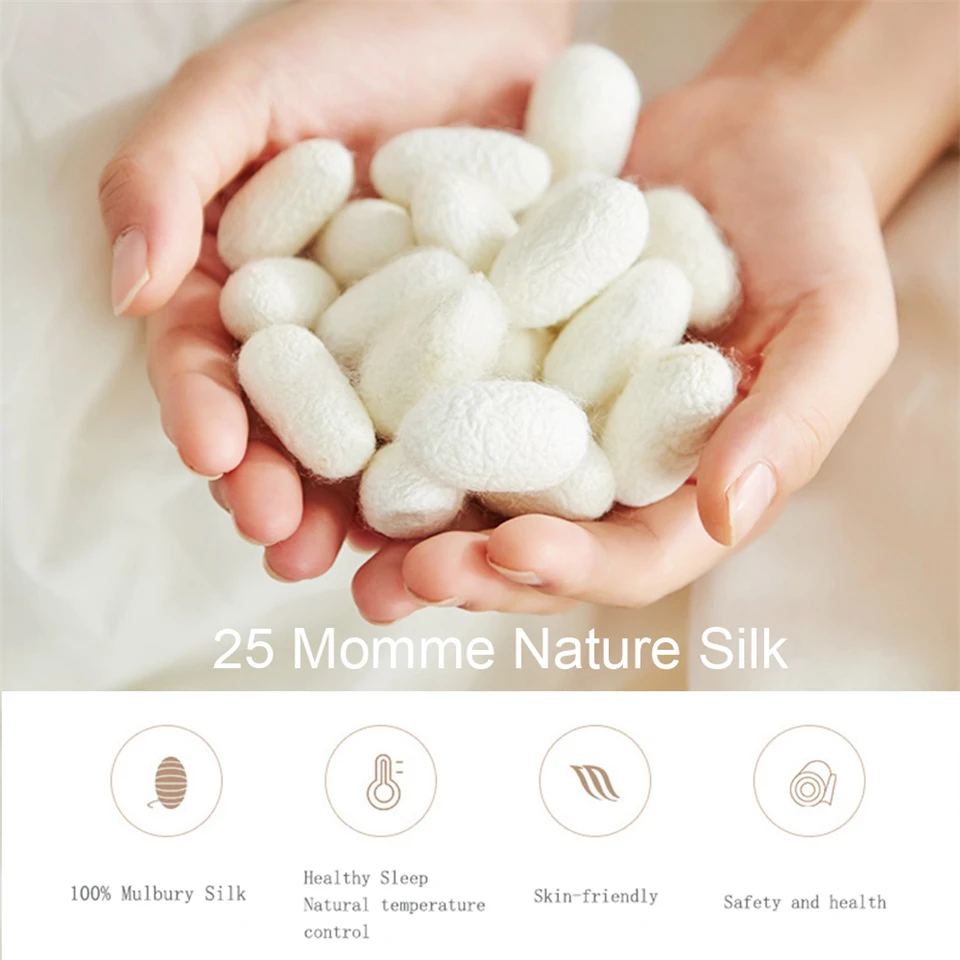
Elevating silk bedding from merely beautiful to truly showcase-worthy involves mastering advanced styling techniques that highlight the fabric’s exceptional qualities.
Creating the Perfect Silk Drape
Silk’s fluid nature requires specific techniques to display its natural flow:
- Begin with completely smooth, wrinkle-free sheets as your foundation
- When folding back the top sheet, create a deliberate soft fold rather than a sharp crease
- Allow the folded edge to form a gentle curve rather than a perfectly straight line
- Position the fold to reveal any decorative borders or contrasting edges
The natural weight of high-quality silk (especially in the optimal 19-25 momme range) creates elegant draping that lighter fabrics cannot achieve.
Strategic Wrinkling vs. Smoothing
While conventional wisdom suggests perfectly smooth bedding, strategic texture can enhance visual interest:
- For formal presentations, smooth sheets completely but allow duvets to retain subtle dimensional texture
- Create intentional “casual luxury” by leaving minor natural wrinkles in decorative throws
- Consider the “one-touch rumple”—a gentle press in the center of a perfectly made bed to create natural-looking dimension
- Pink silk sheets particularly benefit from this technique, as their color catches light beautifully across subtle texture variations
Camera-Ready Styling
For photo-worthy bed styling:
- Overstuff pillows slightly to create fuller, more luxurious appearance
- Position the bed to catch natural light that highlights silk’s characteristic sheen
- Create subtle height variations in pillows using hidden supports
- Use gentle steaming rather than ironing to remove wrinkles while preserving silk’s natural character
Professional Hotel-Style Techniques
Adapt luxury hotel bed-making techniques for silk:
- Create hospital corners with top sheets, but leave slightly looser than cotton to accommodate silk’s drape
- Double-fold duvets at the foot of the bed for added visual weight
- Use the “envelope fold” for pillowcases—tucking excess fabric under for seamless appearance
- Create the illusion of fullness by layering slightly smaller duvets inside larger covers
Understanding what makes Mulberry silk sheets good helps you emphasize their best qualities through these advanced styling methods.
100% Silk Sheets, Green Silk Sheets, King Size Silk Bedding Set, Mulberry Silk Bedding Sets, Queen Size Silk Bedding Set
Price range: $1,246.21 through $1,615.22 Select options This product has multiple variants. The options may be chosen on the product pagePink Silk Sheets, Twin Size Silk Sheets
$171.80 Select options This product has multiple variants. The options may be chosen on the product pageFull-size Silk Sheets, Pink Silk Sheets
$136.31 Select options This product has multiple variants. The options may be chosen on the product page100% Silk Sheets, King Size Silk Bedding Set, Mulberry Silk Bedding Sets, Queen Size Silk Bedding Set, White Silk Sheets
Price range: $1,000.79 through $1,351.42 Select options This product has multiple variants. The options may be chosen on the product pageKing Size Silk Sheets, Pink Silk Sheets, Silk Flat Sheets
$132.96 Select options This product has multiple variants. The options may be chosen on the product pageKing Size Silk Pillowcases, Mulberry Silk Pillowcases, Queen Size Silk Pillowcases
Price range: $94.96 through $121.56 Select options This product has multiple variants. The options may be chosen on the product page
Preserving the Beauty of Styled Silk Bedding
Creating a stunning silk bedding arrangement is only half the equation—maintaining that beauty requires specific care techniques that preserve both the material quality and styled appearance.
Daily Maintenance
Simple daily habits preserve your styled silk bedding:
- Smooth sheets and duvet covers each morning with a gentle hand-sweep
- Fluff and reposition decorative pillows to maintain their shape
- Fold back covers during the day to allow moisture to evaporate and prevent wrinkles
- Avoid sitting on decorative elements that can crush or misshape them
Addressing Common Styling Challenges
Silk’s smooth texture creates unique styling considerations:
- Preventing Slippage: Use hospital corners when tucking sheets, or consider sheet straps for fitted sheets that tend to release from mattress corners
- Maintaining Pillow Structure: Choose pillow inserts slightly larger than their cases to create fullness and prevent slumping
- Preserving Natural Sheen: Keep silk away from direct sunlight when the bed is not in use to prevent UV damage and color fading
Understanding what makes Mulberry silk special helps you appreciate why these maintenance steps are essential for preserving its distinctive qualities.
Proper Laundering Techniques
Proper cleaning maintains both appearance and material integrity:
- Wash silk in cold water on gentle cycles using specialized silk detergent
- Avoid fabric softeners which coat fibers and diminish silk’s natural properties
- Air dry or tumble dry on the lowest setting only until slightly damp
- Steam rather than iron to remove wrinkles, keeping the steamer several inches from the fabric
Frequently Asked Questions About Styling Silk Bedding
Can silk bedding be used year-round?
Yes, silk bedding is ideal for year-round use due to its natural temperature-regulating properties. The fabric naturally adjusts to body temperature, helping you stay cool in summer and warm in winter. Styling can be adapted seasonally by changing accessory layers while maintaining silk as your foundation.
What defines “luxury” silk bedding?
Luxury silk bedding is defined primarily by its momme weight (typically 19-25 for optimal quality), the type of silk used (with Mulberry silk being superior), the finish quality (even coloration, precise stitching, quality closures), and overall craftsmanship. True luxury silk bedding combines these material qualities with thoughtful design that enhances the fabric’s natural properties.
Which fabrics pair best with silk bedding?
The most complementary fabrics include high-quality cotton, cashmere, fine wool, linen, and velvet. Each offers distinctive textural contrast while maintaining comparable quality levels. The key is choosing natural fibers that allow both materials to breathe and function optimally.
How does silk bedding compare to other luxury bedding materials?
Compared to Egyptian cotton, silk offers superior softness and temperature regulation. Versus linen, silk provides a smoother finish with more luster. Against satin (which is often polyester-based), genuine silk offers better breathability and moisture-wicking properties. The advantages of sleeping on Mulberry silk include hypoallergenic properties and natural resistance to dust mites, benefits not found in most alternative luxury bedding materials.
Is silk bedding suitable for homes with children or pets?
While silk requires more careful handling than some bedding materials, many households successfully incorporate silk bedding by using it in adults-only bedrooms or reserving silk for the master suite. For homes with pets, training animals to stay off beds or using decorative throws to protect silk when not in use can help preserve your investment.

